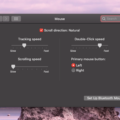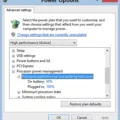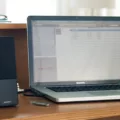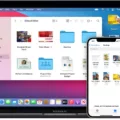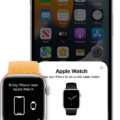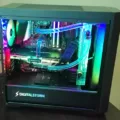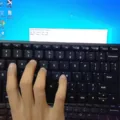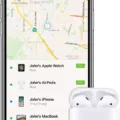A mouse is an essential peripheral for any computer user, and it can be frustrating when it stops working. There are various reasons why a mouse may not be working, and in this article, we will discuss some of the common causes and how to fix them.
One of the most common reasons for a mouse not working is a dead battery. If your mouse is wireless, check the battery level and replace the batteries if they are dead. The battery compartment is usually located underneath the mouse, and you may need to use a small screwdriver to open it. Once you have replaced the batteries, try using the mouse again.
Another reason why a mouse may not be working is due to driver issues. Drivers are software programs that allow your computer to communicate with the hardware, including the mouse. If the drivers for your mouse are outdated, corrupted, or missing, your mouse may not work correctly. To fix this issue, you can update the drivers for your mouse either manually or automatically.
If your mouse is still not working, you may need to check for dirt and debris. Over time, dust and other particles can accumulate on the mouse’s sensor, making it difficult to move the cursor. Clean your mouse using a soft, lint-free cloth and a mild cleaning solution. Be sure to turn off your mouse before cleaning it.
Sometimes, the issue may not be with the mouse itself, but with the computer’s settings. If you are using a laptop, try enabling the touchpad or checking the touchpad settings. If you are using a desktop computer, check the mouse settings in the control panel.
Check the wireless receiver. The receiver is the small device that plugs into your computer and communicates with the mouse. Make sure the receiver is within range and not blocked by any objects. If the receiver is not working correctly, try plugging it into a different USB port.
There are various reasons why a mouse may not be working, including dead batteries, driver issues, dirt and debris, computer settings, and receiver problems. By following the steps outlined in this article, you should be able to troubleshoot and fix the most common mouse issues.
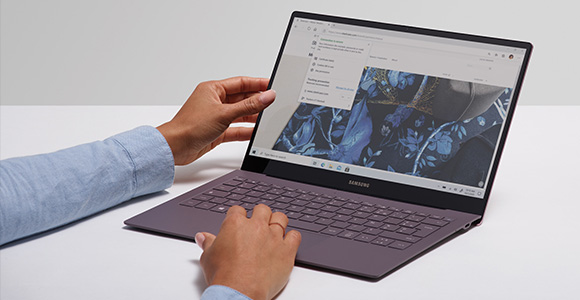
Sudden Mouse Malfunction: Causes and Solutions
There are several reasons why a mouse may suddenly stop working, including technical issues, software conflicts, or power problems. If you are using a wired mouse, you should first check if the cable is properly connected to your computer. Sometimes, the cable can become loose, causing your mouse to stop working. Additionally, you may want to check if the USB port you are using is functioning correctly. If you are using a wireless mouse, the first thing to check is whether it has sufficient battery power. Open up the battery bay of your mouse and swap in some fresh batteries to see if that resolves things. Another possible issue could be a software conflict that causes your mouse to stop working. You can try updating your mouse drivers or reinstalling them to see if that resolves the issue. In some cases, your mouse may be damaged or broken, so you may need to replace it with a new one.
Troubleshooting a Non-Functioning Mouse
When your mouse is on but not working, there could be several reasons for this issue. Here are some possible causes and solutions:
1. Dead batteries: If your wireless mouse is not working, the first thing to check is the batteries. Make sure they are inserted correctly and have enough power. If the batteries are dead or dying, replace them with new ones.
2. Connection issues: If your mouse is connected via USB, try unplugging and plugging it back in. If it still doesn’t work, try connecting it to a different USB port. If it’s a wireless mouse, try re-pairing the device with the receiver.
3. Driver issues: Sometimes, outdated or corrupted mouse drivers can cause the device to malfunction. To fix this, go to your computer’s Device Manager and update or reinstall the mouse drivers.
4. Hardware issues: If none of the above solutions work, there may be a hardware issue with your mouse. Try using a different mouse to see if the problem persists. If it does, you may need to have your computer or mouse serviced.
A mouse that is on but not working could be due to dead batteries, connection issues, driver issues, or hardware issues. Try the above solutions to troubleshoot the problem.
Troubleshooting Mouse Issues
To get your mouse working again, there are a few steps you can take:
1. Restart your system: This is a quick and easy fix that can often solve the problem. Simply turn off your computer and turn it back on again.
2. Check for dirt: Dirt or debris on your mouse can interfere with its functioning. Use a soft cloth to clean the surface of your mouse and the area around the sensor.
3. Disconnect Bluetooth devices: If you have multiple Bluetooth devices connected to your computer, try disconnecting them and then reconnecting your mouse.
4. Enable the touchpad: If you have a laptop with a touchpad, make sure it is enabled by going to your computer’s settings and selecting “Devices” and then “Touchpad.”
5. Update your laptop drivers: Outdated or corrupted drivers can cause problems with your mouse. Go to your computer manufacturer’s website and download the latest drivers for your laptop.
By following these steps, you should be able to get your mouse working again.
Troubleshooting Mouse Issues on a Laptop
There could be several reasons why your mouse is not working on your laptop. Below are some troubleshooting steps you can take:
1. Check if the mouse is switched on: If your mouse has a power switch, check if it is turned on. The switch is usually located on the bottom side of the mouse.
2. Replace the batteries: If the mouse is not turning on, replace the batteries. Make sure you insert the batteries correctly.
3. Check the wireless receiver: If you are using a wireless mouse, check if the wireless receiver is within range and is not blocked by too many objects. If your mouse came with a USB receiver, make sure it is properly plugged into your laptop.
4. Try a different USB port: Disconnect the wireless USB adapter and try plugging it into a different USB port on your laptop to see if that helps.
5. Restart your laptop: Sometimes a simple restart can solve the problem. Restart your laptop and see if the mouse works after that.
6. Update or reinstall the mouse driver: If none of the above steps work, try updating or reinstalling the mouse driver on your laptop. You can download the latest driver from the manufacturer’s website.
By following these steps, you should be able to troubleshoot and fix the issue with your mouse not working on your laptop.
Conclusion
A mouse is a necessary peripheral for any computer user, and it’s important to troubleshoot any issues that may arise. If your wireless mouse isn’t working, the first step is to check for battery issues, followed by updating drivers and restarting your system. It’s also important to check for any dirt or blockages, ensure that the wireless receiver is within range, and try different USB ports if necessary. By following these steps, you can quickly resolve any issues with your mouse and get back to being productive.

